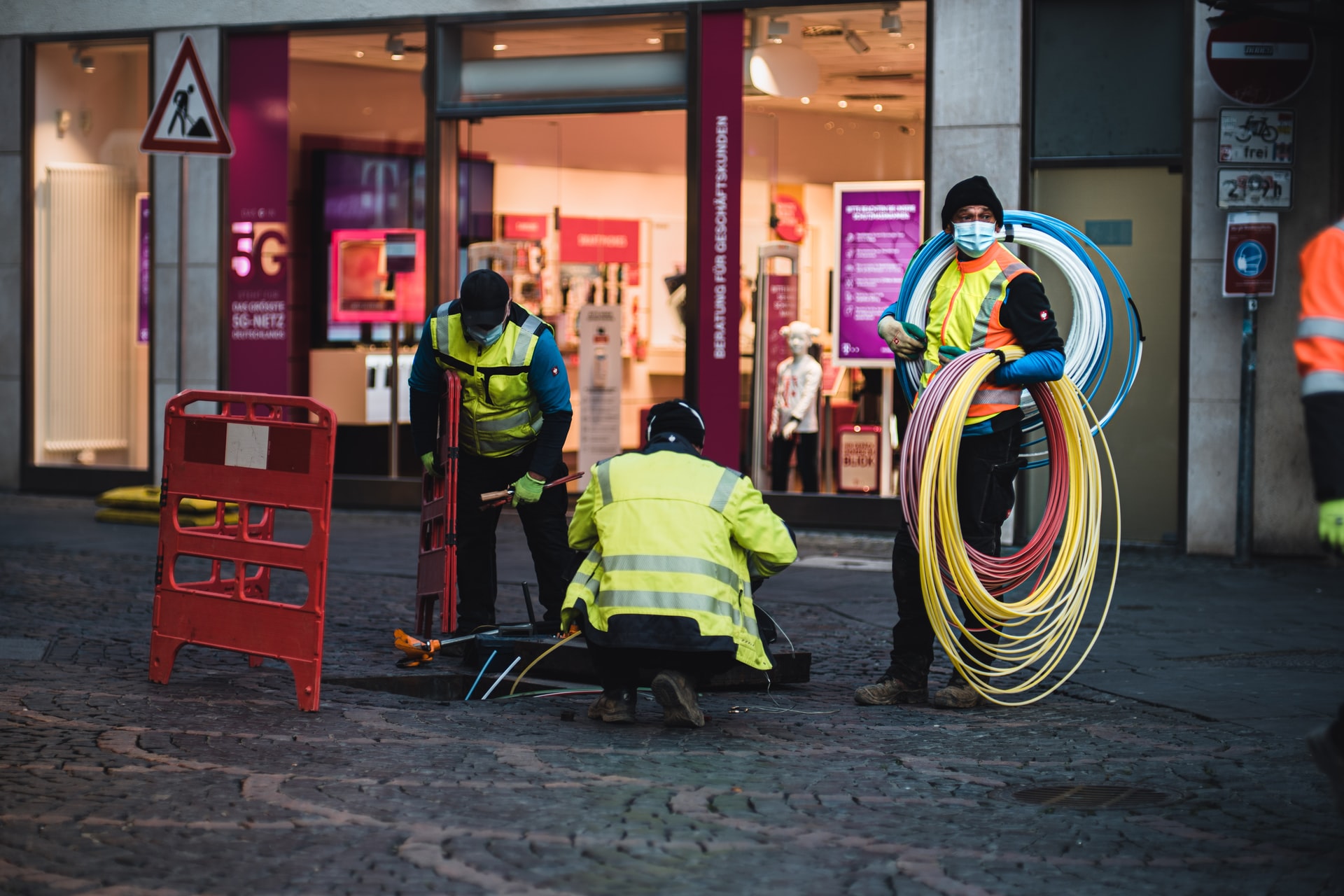The Republic of Namibia, the Southern African nation, is all set to embrace the digital age. Under the Harambee Prosperity Plan II (HPP II), the Atlantic ocean-side country that shares land borders with Zambia, Angola, Botswana and South Africa plans to build a more resilient economy to the benefit of its citizens. ‘Harambee’ is a word in the local Kiswahili dialect that means “pull together in the same direction.”
HPP II calls for unity and encourages Namibians to work towards a common purpose. Pillar 4 of the HPP II encompasses Infrastructure Development as a catalyst for economic growth, social progression and a contributor to global competitiveness and investment attraction.
The Communications Regulatory Authority of Namibia (CRAN) is fully prepared and committed to play its part in making the HPP II activities a priority. Established under the Communications Act (No. 8 of 2009), CRAN is an independent regulator that regulates, supervises, and promotes telecommunication services and networks, broadcasting, postal services, and the use and allocation of radio spectrum Namibia.
Pillar-4 of the HPP II aligns well with CRAN’s Goal-4 that specifies Expanding Coverage for ICT through 3 Activities:
- Implement an ‘Open Access Network’ infrastructure sharing regime in a bid to champion Universal Broadband Access by 2025.
- Facilitate a safe and robust ICT ecosystem.
- Attain 95% Digital Television broadcasting network to all Namibian households by 2025.
Infrastructure Sharing Regulatory Framework Goal 4 highlights the implementation of the Infrastructure Sharing regulations as a priority. Section 50 of the Communications Act (No 8 of 2009) imposes an obligation on dominant licensees to share infrastructure with other licensees or carriers.
Infrastructure sharing has several advantages to the communications market, such as:
- The reduction in investment requirements for infrastructure investments;
- The promotion of competition;
- The release of capital for strategic investments and new services;
- Increase in services and products available to consumers; and
- The decrease in the barriers to market entry for new players.
CRAN’s Infrastructure Sharing Regulations, introduced in October 2016, satisfies this obligation by creating a regulatory framework for dominant licensees’ non-discriminatory and non-exclusive sharing of passive and active telecommunications infrastructure.
The Authority plays a vital enabling role in many other pillars and goals in the HPP II. It is especially so when it comes to implementing e-Services like e-Governance, e-Learning, e-Health and e-Commerce. From an infrastructural perspective, CRAN has observed critical additional ICT challenges in the low ICT literacy and understanding of the relevance of ICT and high import taxes on ICT equipment. Issues that many may believe to be outside the realm of CRAN’s Mandate but of significance. There is much to be addressed.
For Detailed Report, Visit: Communications regulator’s role under Harambee to ensure a safe, stable ICT sector open to all
[Issued by Emilia Nghikembua, Chief Executive of the Communications Regulatory Authority of Namibia (CRAN)]






Comments